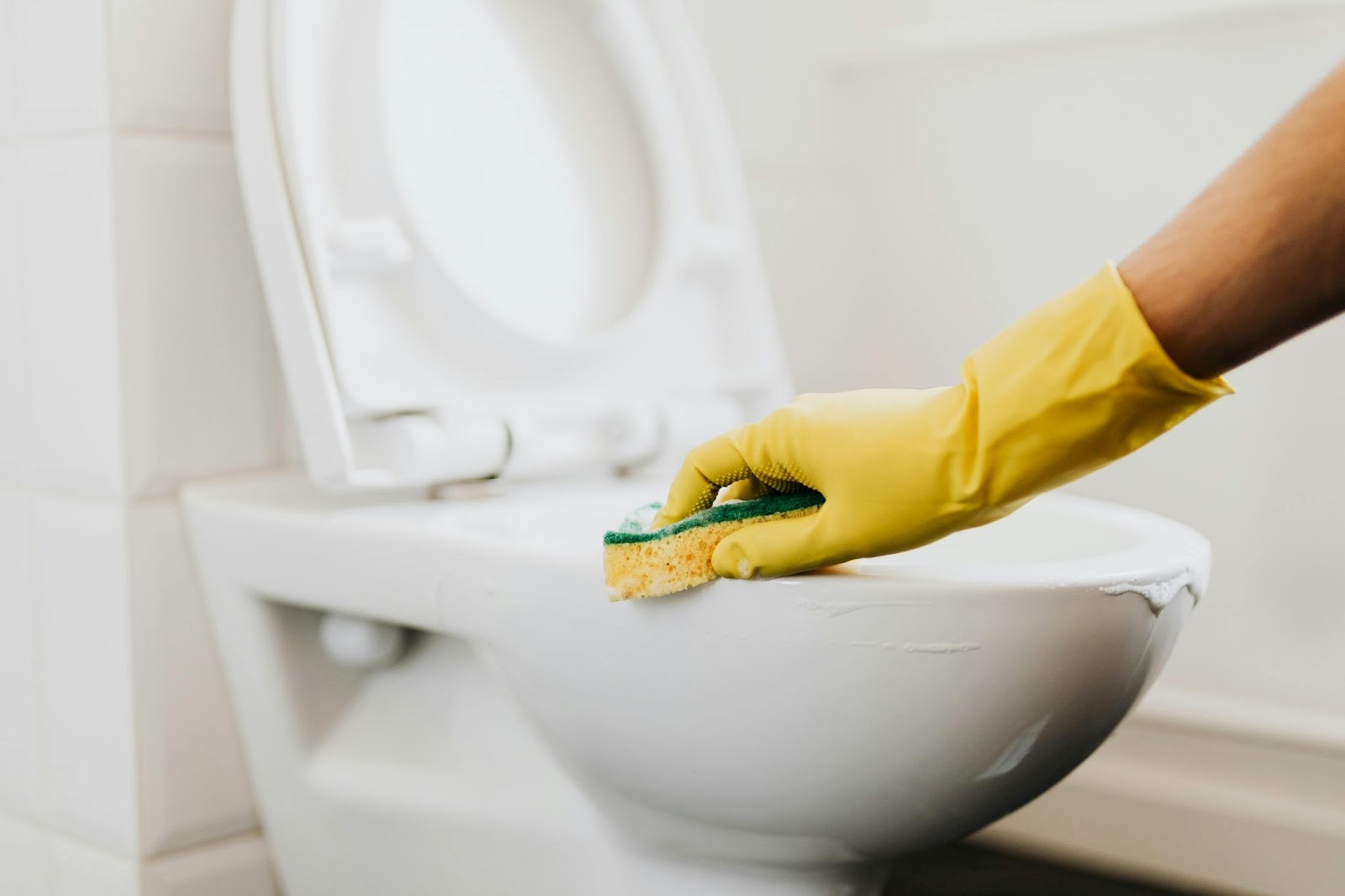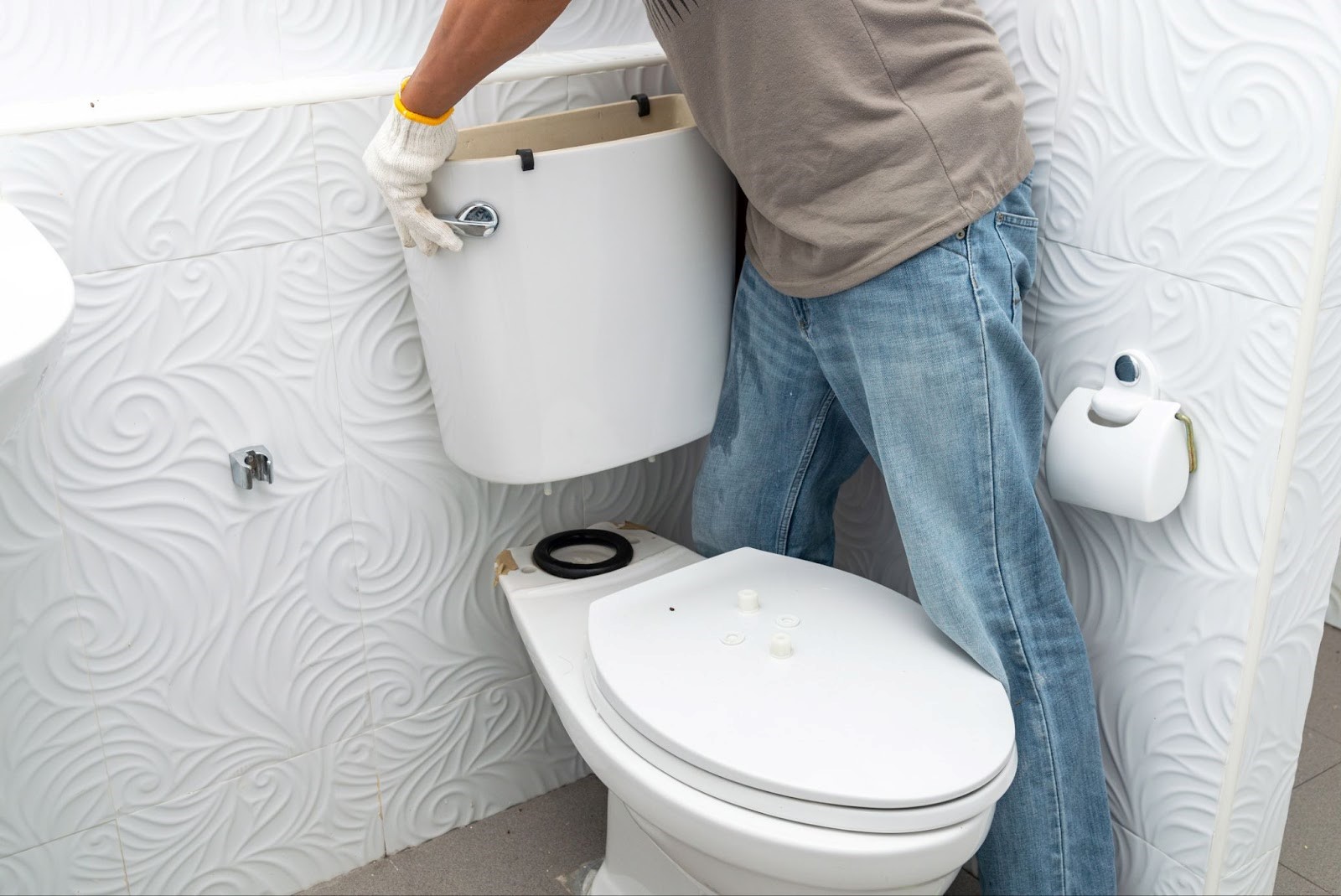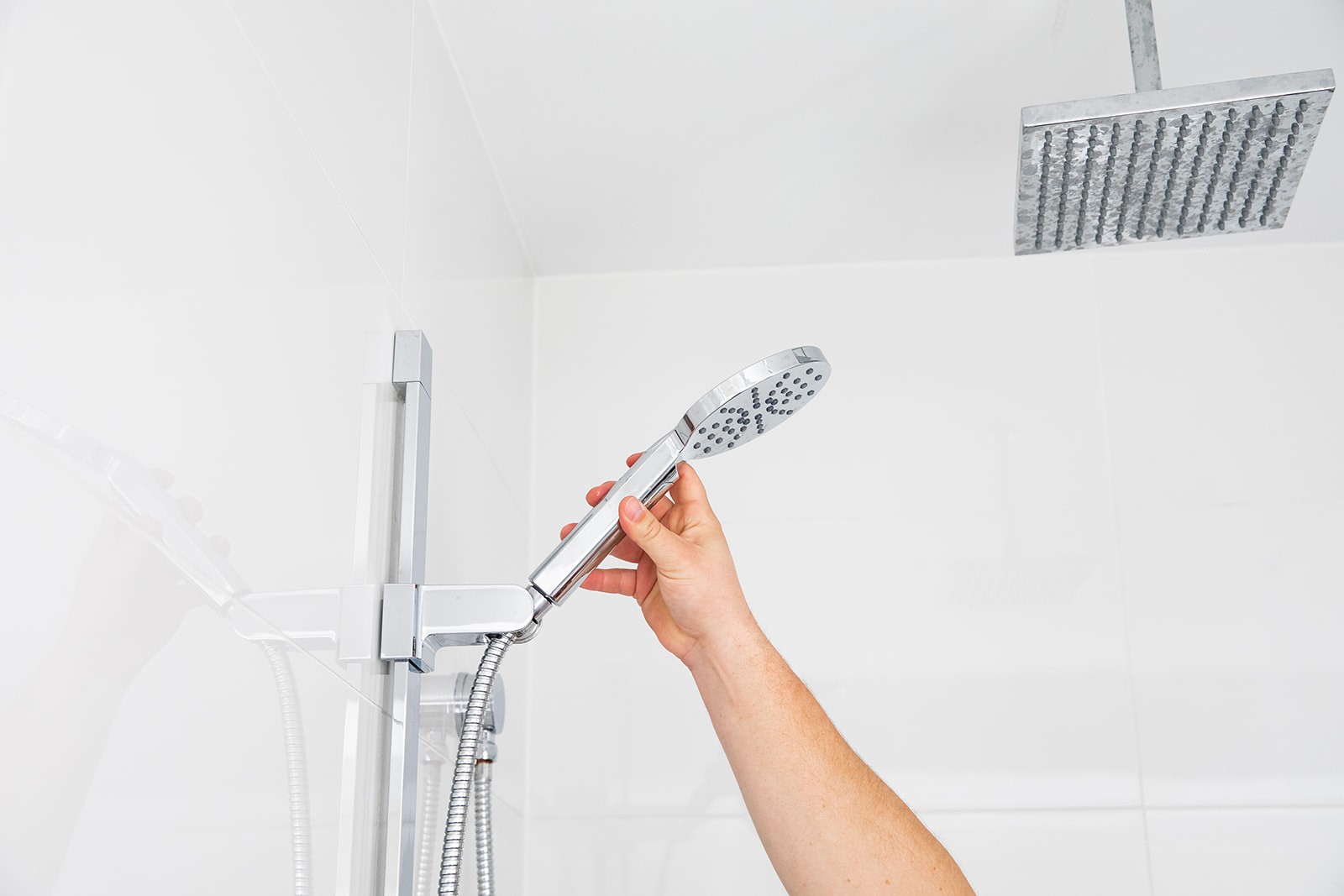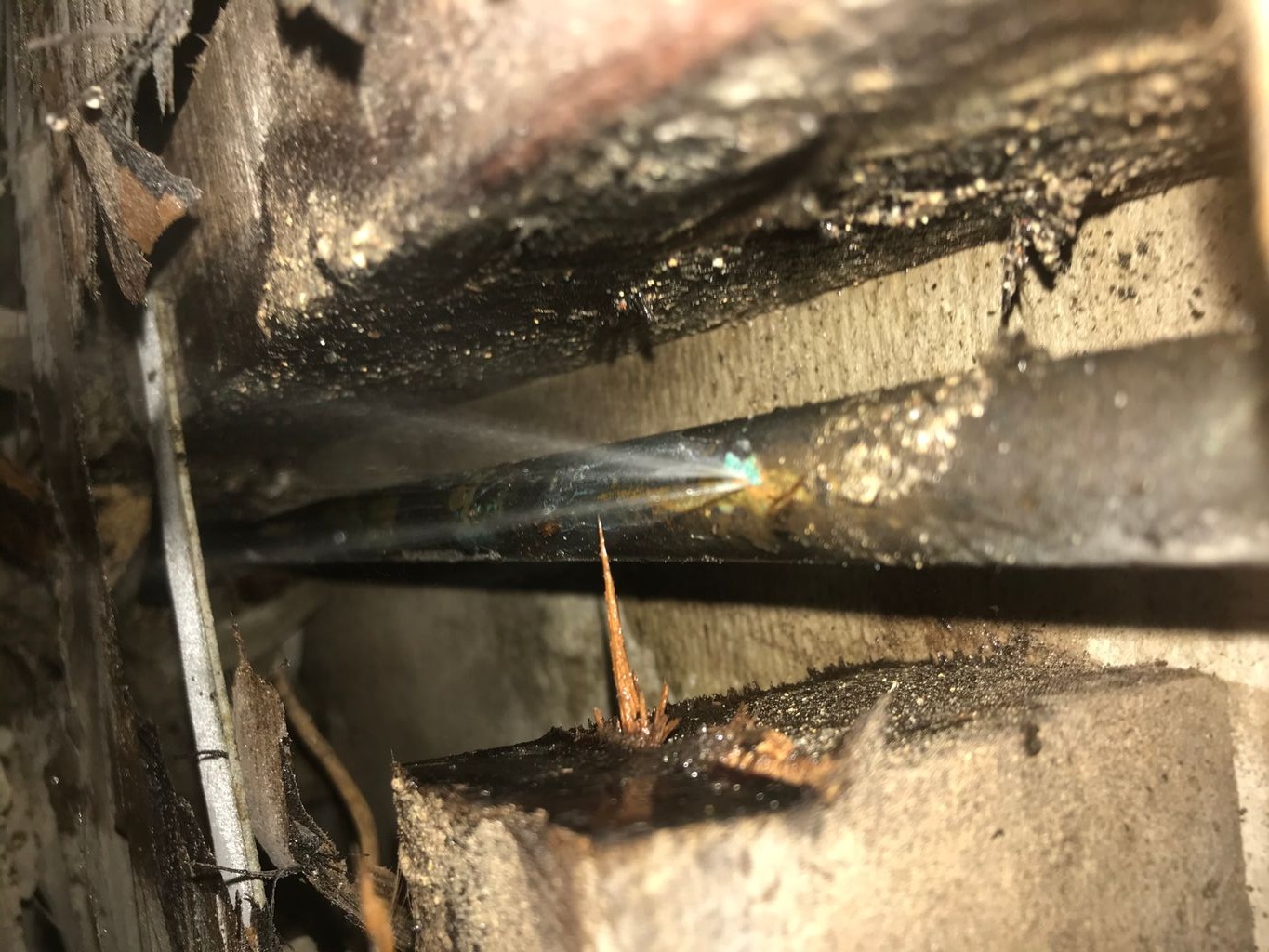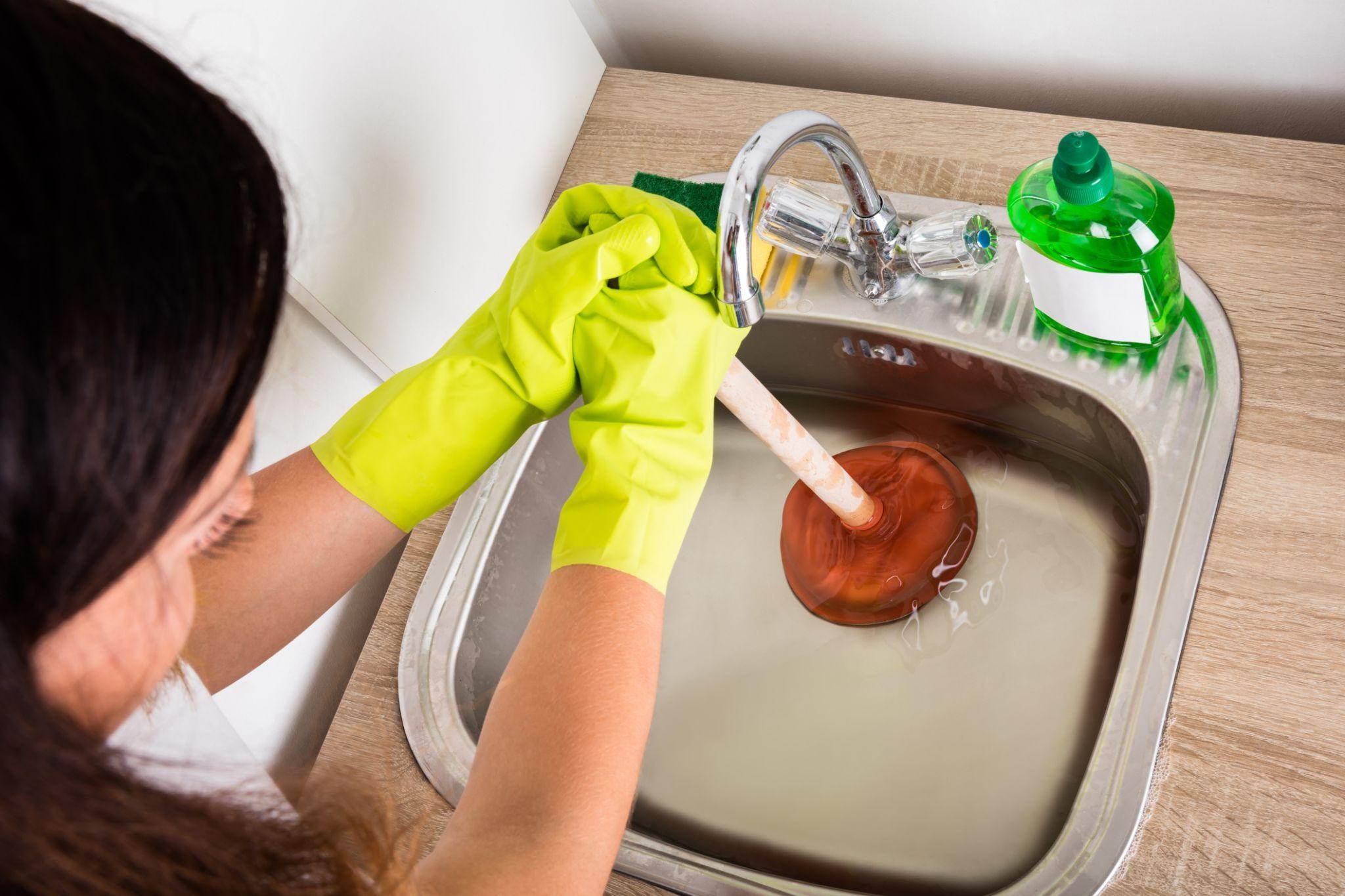Summer is almost here and in Australia in terms of weather, this either means lots of dry heat or lots of rain. While last year we had high levels of hot temperatures and a devastating bushfire season, this year meteorologists are predicting a much more wet season. According to The Bureau of Meteorology, we are officially entering a La Niña season, forecasting we could be in for a wet spring and summer and possible flooding and cyclones.
According to an article in the ABC, BOM senior climatologist Greg Browning said the weather this year is going to be a significant change from last year.
“Certainly, the concern for this season is for rainfall leading to potentially widespread and prolonged flooding.”
The risk of flooding was reported particularly for the eastern two-thirds of the country, and Browning added the findings are suggesting a 66 percent chance of more cyclones than average for the Australian region this season — and they are expected to form earlier than usual.
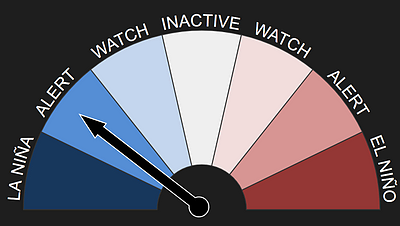
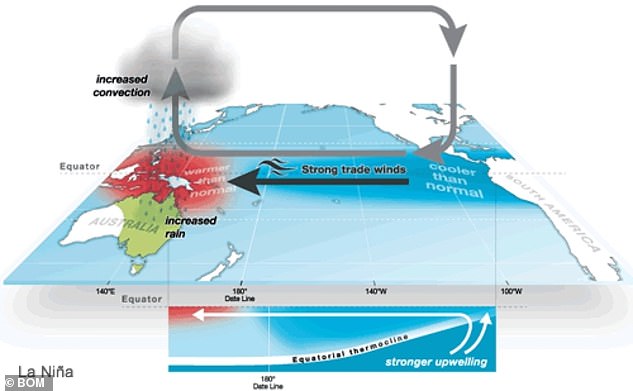
WHAT IS LA NIÑA?
El Niño and La Niña are opposite phases of what is known as the El Niño-Southern Oscillation (ENSO) cycle. Many climate drivers influence Australia’s climate, but the El Niño and La Niña phases have the most substantial influence on year-to-year climate variability for most of the country. BOM is predicting a summer season of extreme wet conditions which could result in increased rainfall across much of Australia this year.
Typical weather patterns of a La Niña season often result in:
- Increased rainfall across much of Australia
- Cooler daytime temperatures
- Warmer overnight temperatures in the northern parts of Australia
- Shifts in temperature extremes
- Greater risk of tropical cyclone numbers
- Earlier monsoon onset
HOW TO PREPARE FOR CYCLONES AND FLOODING
Now is the perfect time to start preparing your home for the onset of the wet season. Here are some ways to get ready:
Clear your gutters – After a long hot year, there is a risk of many dead and dry leaves around your property which often get trapped in your gutters. When your gutters are blocked, you face the risk of them overflowing, which can lead to major water damage in your home. Not only can water damage lead to damage to the ceiling and walls and roof, but it can also cause electrical lines to spark and cause potential fires.
Inspect the downpipes – Inspecting your downpipes is important to make sure they are also in good working order and not clogged with debris or rusted.
Blocked drains – If you’ve suspected slow drainage or nasty smells coming from your pipes and you’ve been putting off getting it fixed or hoping the problem will go away on its own, it’s time to get it fixed. Blocked drains are only going to get worse once heavy rain starts, so it’s important to have clear drains in the wet season.
Clean up the garden – Whether you’ve got hedge trimmings or piles of leaves or overhanging branches in your backyard, now is the time for a good clean up. Heavy wind and rain will quickly put debris in your drains and pipes which can lead to flooding and blockages rapidly.
Tree roots – While it’s not possible to see roots entering your drainage system underground, it is the most common cause for blocked drains on the Gold Coast. If your drains run slowly or are completely blocked, have them CCTV drain camera inspected for roots before storm season begins.
Secure loose items – Secure any loose outdoor items like outdoor furniture and pot plants or pieces of metal or wood that are lying around your home.
Check your home and contents insurance – It’s a good time of year to check that you’re covered for adequate home and contents insurance and that it’s not going to lapse over the summer months ahead.
WHAT TO DO DURING A STORM?
If you’ve been prepared with the items above, secured your property well and are up to date with your home plumbing maintenance, the next steps are to make sure you have a plan when a storm does hit.
Here are a couple of things to take note of:
- Create a safe place for your pets out of the storm
- Disconnect all electrical items during a storm
- Check that you have a stocked first aid kit and survival kit of extra water, canned foods, flashlights, matches, candles, etc.
For a full list of what to include in a survival emergency kit, there is information at GCCC – Be Prepared.
Whether you require downpipe and drainage maintenance work, or a simple pre-storm season inspection DCM plumbing are here to help. In the event of a plumbing emergency, we are here 24/7 to help you with any of your emergency plumbing needs.



